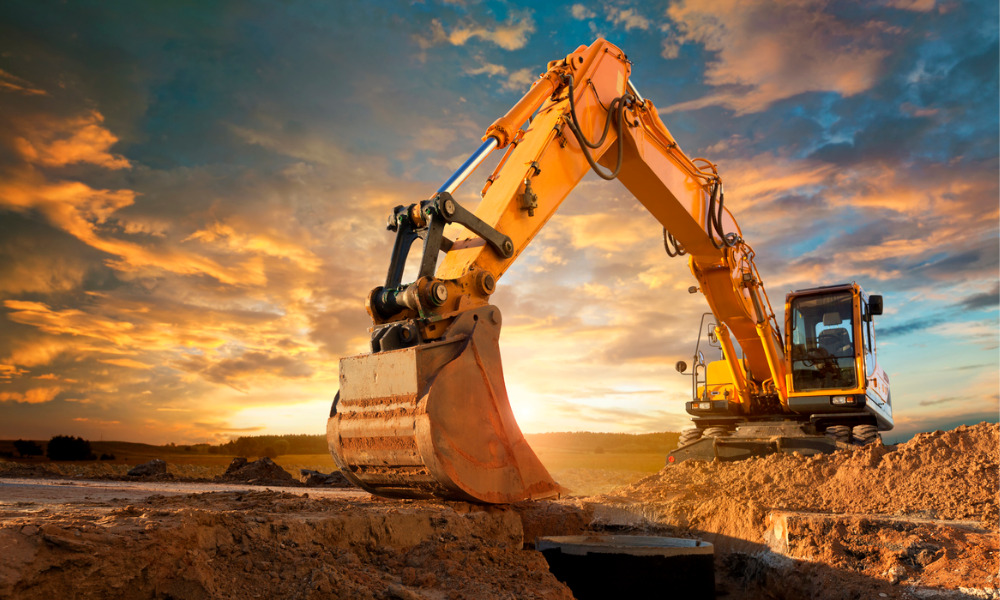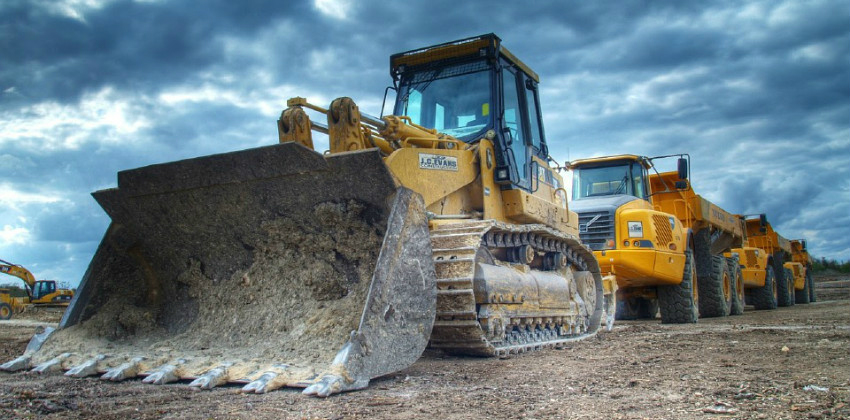Leasing Vs. Buying Building Equipment: Making the Right Selection for Your Project
When starting a building and construction project, among the crucial decisions that forecast supervisors and stakeholders face is whether to rent or purchase building and construction tools. Both alternatives have their disadvantages and benefits, making the option an essential one in the project preparation procedure. The decision depends upon different variables such as cost factors to consider, project period, equipment maintenance, danger, flexibility, and scalability management. Each aspect plays an essential duty in figuring out the most suitable course for the task's tools needs. forklift rental. Let's explore these aspects better to recognize just how they impact the decision-making procedure and inevitably the success of the task.
Cost Factors To Consider
Renting tools usually needs lower initial repayments compared to acquiring, making it an attractive choice for temporary projects or contractors with spending plan restraints. In the lengthy run, continuously leasing equipment can gather higher costs than purchasing, particularly for prolonged jobs.
On the other hand, buying construction tools involves higher upfront expenses but can result in lasting savings, especially for frequent customers or long-term projects. Ultimately, the choice between getting and leasing construction equipment hinges on the task's duration, frequency of usage, budget factors to consider, and lasting financial objectives.
Job Duration

Alternatively, for lasting tasks or ongoing construction job, purchasing tools can be the extra affordable choice. Buying tools can result in cost financial savings over time, especially if the devices will be frequently utilized. Furthermore, possessing devices provides a feeling of control over its schedule and enables customization to fit certain task demands.

Tools Maintenance
Provided the critical function task period plays in establishing the most affordable method in between acquiring and leasing building and construction tools, the emphasis currently shifts in the direction of taking a look at the essential aspect of equipment upkeep. On the other hand, possessing tools requires a proactive approach to maintenance to protect against breakdowns, make sure security, and expand the devices's lifespan. Ultimately, a well-maintained building and construction tools fleet, whether rented or possessed, is vital for the efficient and successful conclusion of building tasks.
Flexibility and Scalability
In the realm of building and construction tools administration, the element of versatility and scalability holds considerable relevance for task performance and resource usage. Choosing to lease construction equipment offers a high level of versatility as it enables for the fast change of equipment kinds and quantities based on the evolving demands of a task.
In addition, scalability, another crucial aspect, is naturally linked to flexibility. Renting construction equipment provides the advantage of easily you can try this out scaling operations up or down as project needs fluctuate. Contractors can promptly add or trade equipment to match the project's altering requirements without the restraints of owning properties that may come to be underutilized or outdated. This ability to range sources successfully can lead to expense financial savings and boosted job timelines, making renting a desirable choice for jobs requiring versatility and responsive source allowance.
Threat Monitoring
Efficient risk administration in building and construction tools procedures is paramount to ensuring job success and mitigating possible monetary losses. Construction jobs inherently involve various risks, such as devices malfunctions, accidents, and project hold-ups, which can considerably affect the task timeline and budget. By meticulously considering the risks connected with owning or renting out building and construction tools, task managers can make informed choices to minimize these possible hazards.
Leasing building and construction devices can offer a degree of danger mitigation by moving the responsibility of maintenance and fixings to the rental firm. This can reduce the monetary concern on the task proprietor in case of unforeseen devices failures (equipment rental company). Additionally, leasing provides the versatility to gain access to specific tools for particular project phases, minimizing the danger of owning underutilized machinery
On the other hand, owning construction equipment supplies a feeling of control over its use and maintenance. Nevertheless, this also suggests bearing the complete obligation for repair services, upkeep costs, and devaluation, increasing the economic dangers connected with equipment ownership. Careful threat evaluation and consideration of elements such as project period, equipment usage, and maintenance needs are critical in determining the most ideal see post option for reliable threat management in construction jobs.
Final Thought
In verdict, when making a decision between renting and buying construction devices, it is very important to consider cost, project period, tools upkeep, scalability, danger, and versatility monitoring. Each element plays an essential function in identifying one of the most appropriate option for the job available. By thoroughly assessing these aspects, project managers can make an educated choice that lines up with their budget plan, timeline, and general job objectives.
